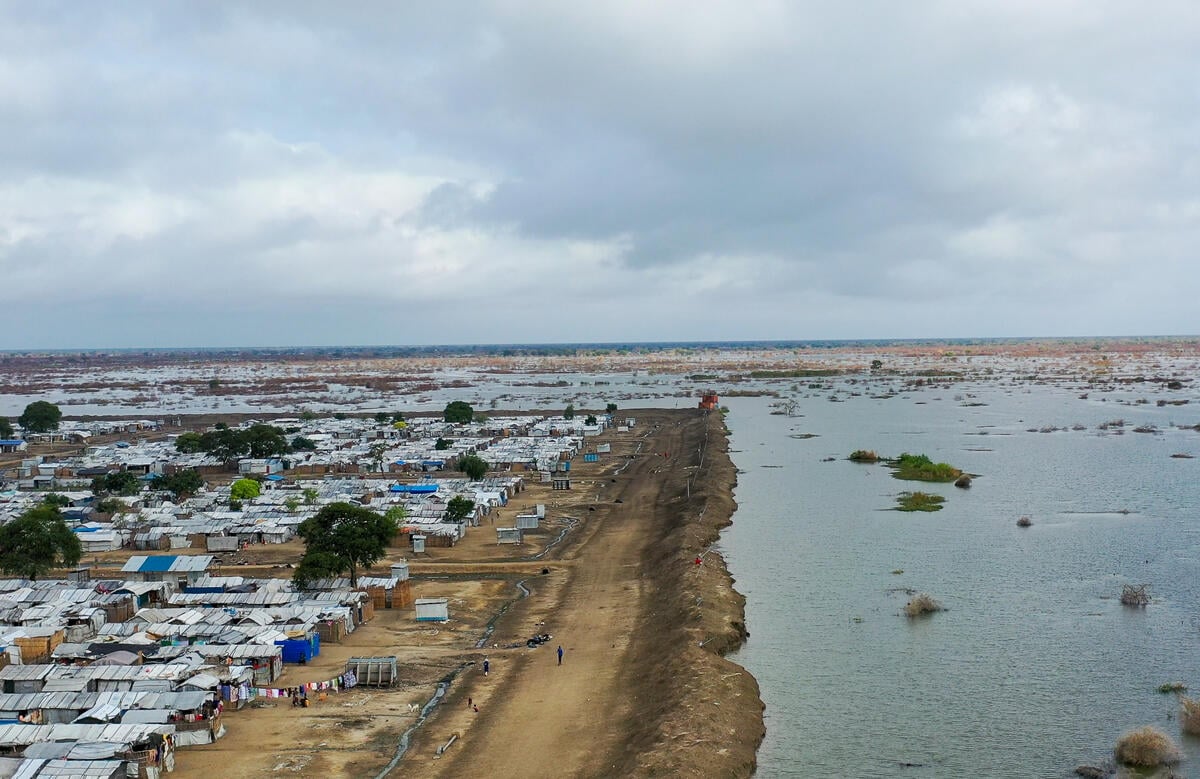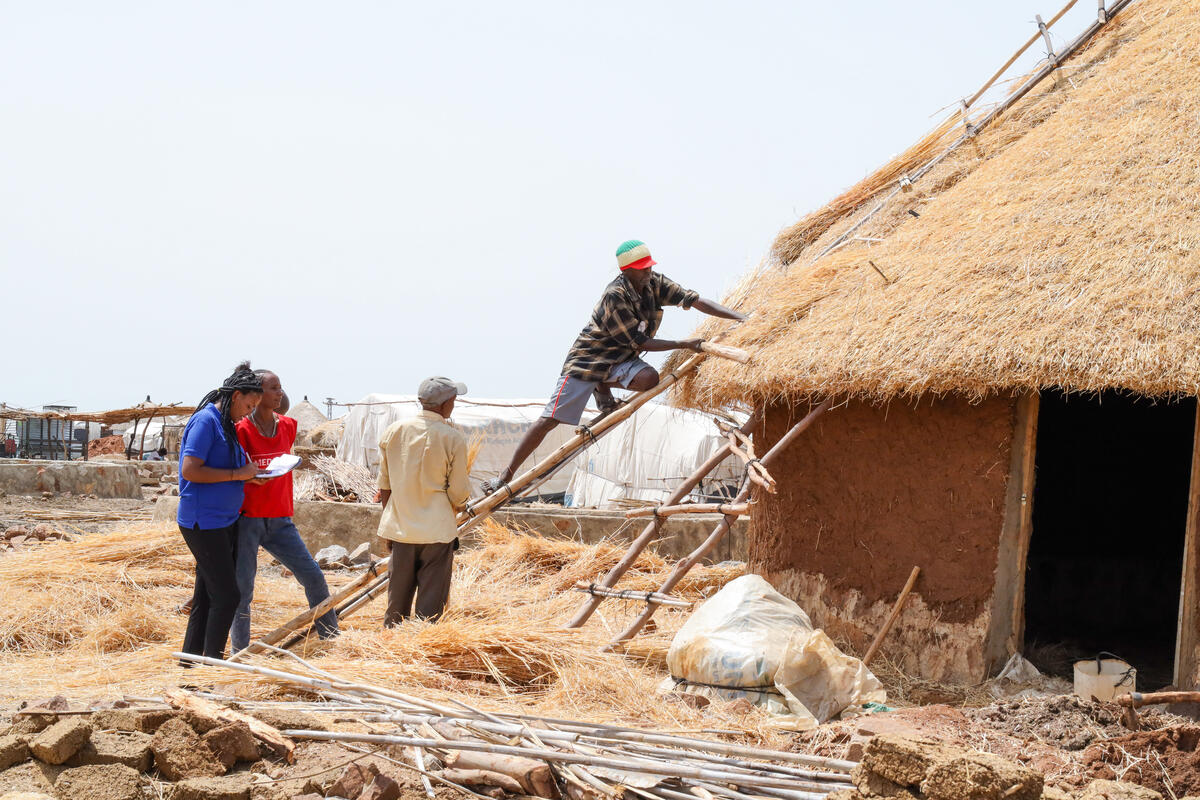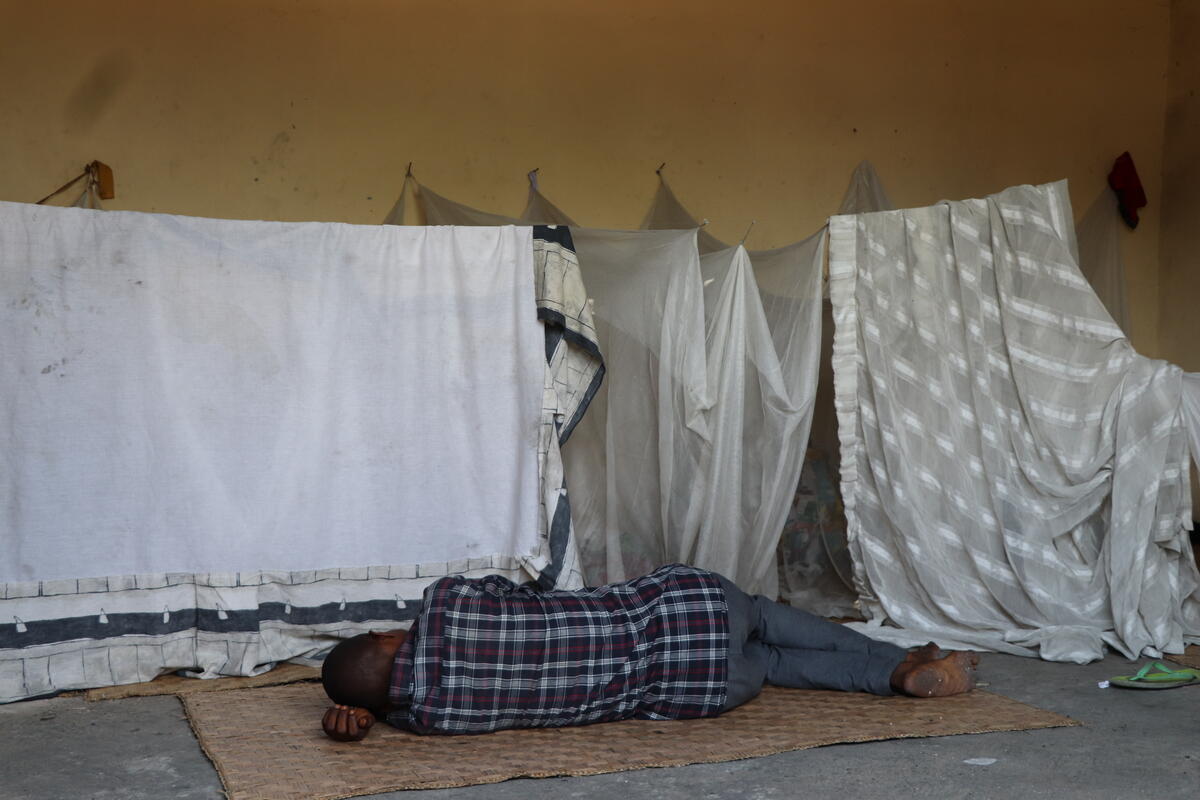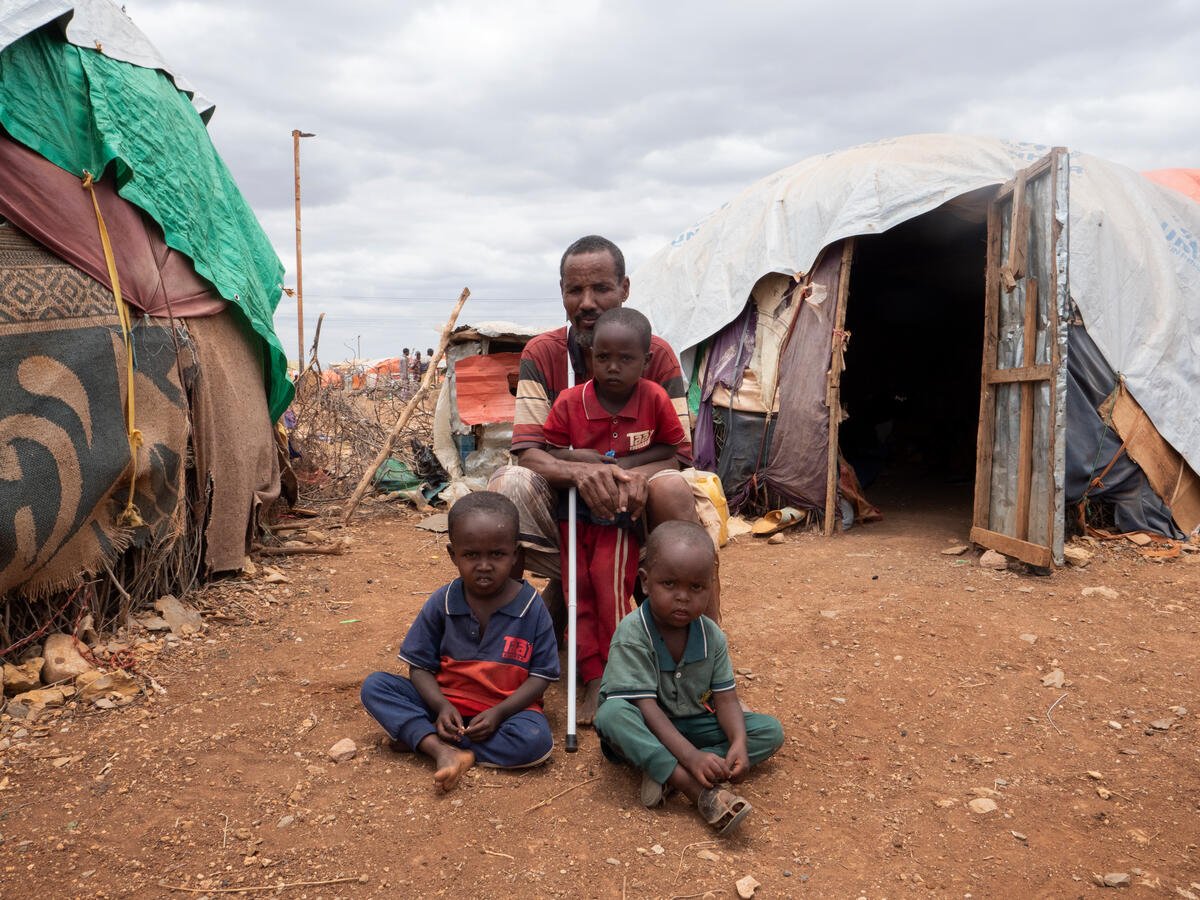UNHCR supports the vulnerable with shelter in northern Uganda
UNHCR supports the vulnerable with shelter in northern Uganda

GULU, Uganda, February 20 (UNHCR) - Jennifer Lamaro's life collapsed around her two years ago, when the Ugandan woman was left a paraplegic after falling from a tree while picking mangoes for her children. Things got worse. "After that incident my husband left me. I have never seen him again," the 29-year-old explained.
But now she and hundreds of other people with disabilities or special needs have something to be happy about, thanks to a UNHCR-funded shelter programme. Last year, the refugee agency built 2,036 houses in the northern Ugandan districts of Gulu, Amuru, Kitgum and Pader and more are planned for this year.
The beneficiaries are all people with special needs who were displaced during two decades of fighting between the Ugandan government and the rebel Lord's Resistance Army.
Tens of thousands of internally displaced people (IDPs) have been taking advantage of the improved security in northern Uganda over the past three years to return to villages that may have lain empty since the start of the conflict in 1987. But many people with special needs, including the disabled, the sick and the elderly, have been unable to leave the IDP camps.
"The vast majority of people with special needs [in IDP camps] want to return to their home villages. But we found that most of them were unable to build their own permanent shelters, which meant that they could not leave the IDP camps," said Mikael Rasmussen, an associate protection officer at UNHCR's sub-office in Gulu.
"In response, UNHCR and its partners identified and helped the most vulnerable among them," he added, explaining that they worked with the local communities to build new mud and wattle huts for people like the wheelchair-bound Lamaro.
"As you can see, I can't do much. I can't cut thatch for the hut," Lamaro recently told UNHCR visitors. "If I hadn't received help, I would still be in the camp," she added. Rasmussen said that Lamaro and others in the shelter programme would receive support from their community, including members of their close and extended families.
Last year, UNHCR conducted a survey in the main IDP camps in northern Uganda to identify the number of people with special needs. They found and registered 3,467 in Gulu district, 2,645 in Kitgum district and more than 8,500 in Pader district. Most said they wanted to return home.
The two decades of fighting in northern Uganda drove almost 2 million people from their homes. Almost 800,000 have left the camps since stuttering peace talks began in Sudan between the rival sides in 2006. An estimated 420,000 people were still in IDP camps at the end of last year.
By Moses Odokonyero in Gulu, Uganda








